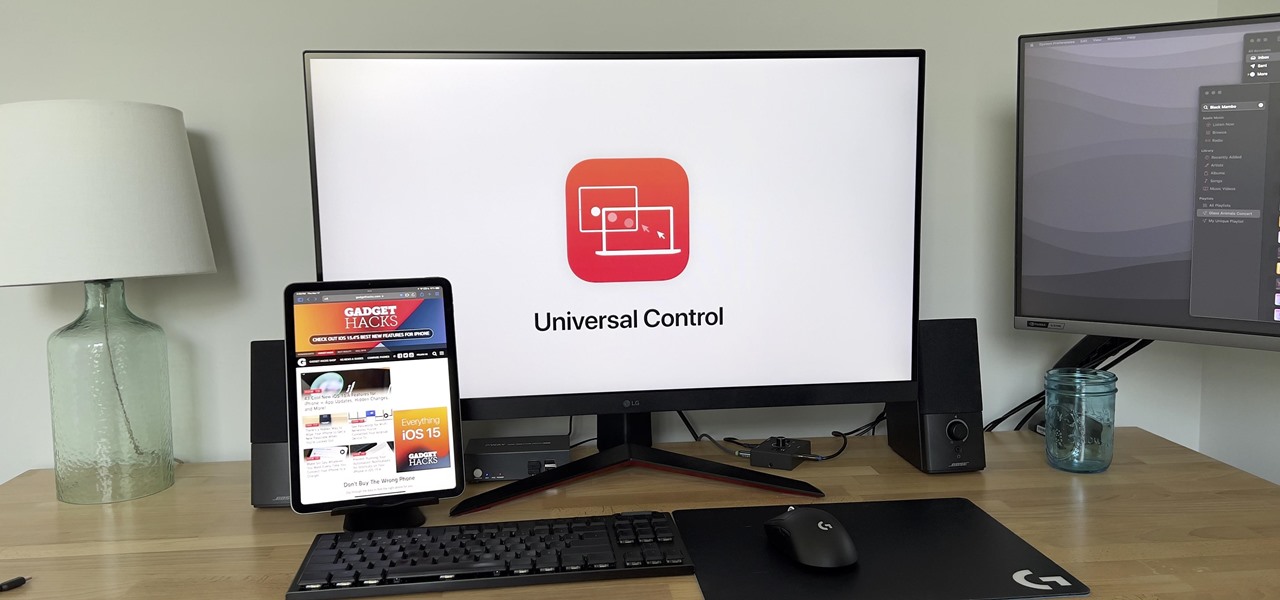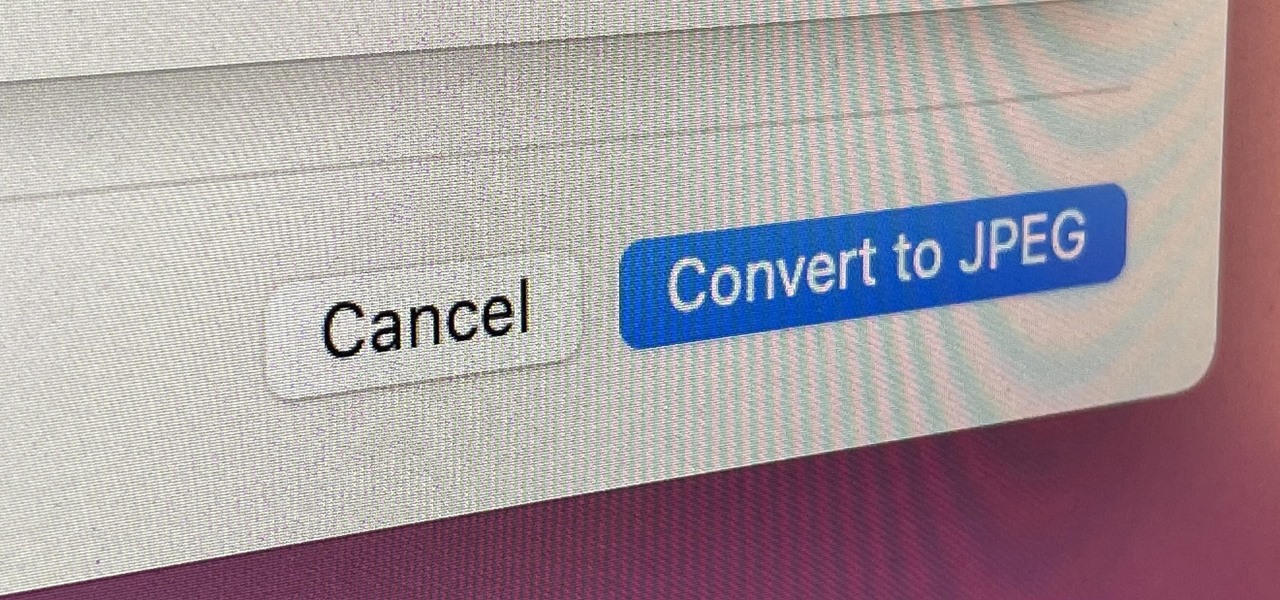Older Windows PCs Can No Longer Play Some DRM Protected Content
Windows
Microsoft’s Windows Media DRM was first launched in 1999, and has stuck around for all these years. But as part of Microsoft’s larger initiative to remove everything legacy in its operating system, this DRM, too, is going away.
In a recent update, Microsoft has confirmed the impending retirement of its legacy Digital Rights Management (DRM) services. This move will primarily affect folks that are still using some older Windows versions, including Windows 7 and Windows 8, along with those still relying on the legacy Windows Media Player and Silverlight clients.
Specifically, if you’re still using one of these older operating systems, you will lose the ability to play protected content in the legacy Windows Media Player on Windows 7 and in Silverlight clients on Windows 8. Additionally, in-home streaming playback from Silverlight or Windows 8 clients to an Xbox 360 will no longer be supported.
This change marks the end of an era for Microsoft’s legacy DRM solution, WMDRM, which was first introduced in 1999 with Windows 98. The company has since transitioned to PlayReady, a more modern DRM system that debuted in 2007. It looks like that one should still be unaffected by this measure at the moment, although it’s also 17 years old already. WMDRM was launched 25 years ago, so it looked like a more urgent thing to kill off.
In addition to the DRM changes, Microsoft has also reiterated the end of support for Silverlight clients, a web application framework similar to Adobe’s Flash. The company had previously announced the end of Silverlight 5 back in 2021.
Windows used to be really big on legacy support, and it looks like Microsoft is currently on an active effort to deprecate and remove older applications and services. While WMDRM wasn’t really used by Windows 11, it probably needed resources to keep it running, which is why the company took this step. On the other hand, no one should be using these older operating systems anyway.
Source: Neowin
















